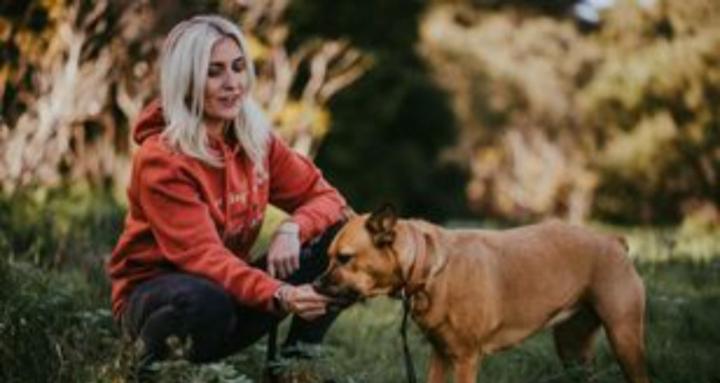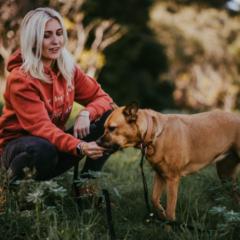21d • General discussion
Growling and Child Safety
Knowing what a healthy dog looks and feels like is one of the most powerful safety tools we have.
When we notice changes – sore paws, stiff movement, skin irritations, tummy upsets – we can understand behaviour shifts for what they are: signs of discomfort.
Now add children into the picture. Their moods and emotional meltdowns can feel unpredictable to dogs, and when combined with pain or stress, this can increase risk.
That’s why management and compassion matter so much. Management keeps children and dogs safe in those heightened moments, and compassion reminds us that every growl, flinch, or change in behaviour is communication, not disobedience.
The goal isn’t perfection. It’s awareness, empathy, and creating safe spaces where dogs and children can live alongside one another with trust.
🌻🐾
0
0 comments
powered by

skool.com/canine-conversations-5016
The Learning Hub: Dog Behavior for Dog Guardians and Future Trainers
Suggested communities
Powered by
